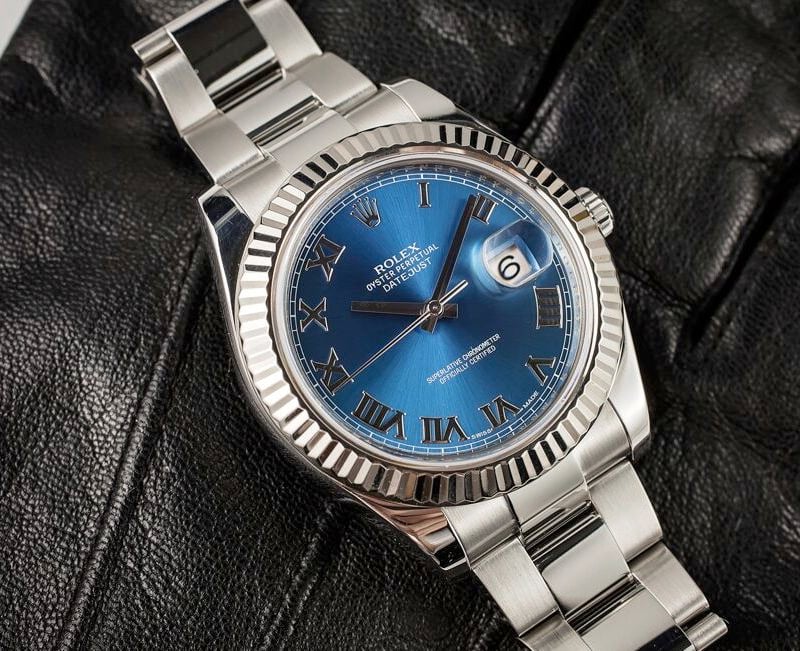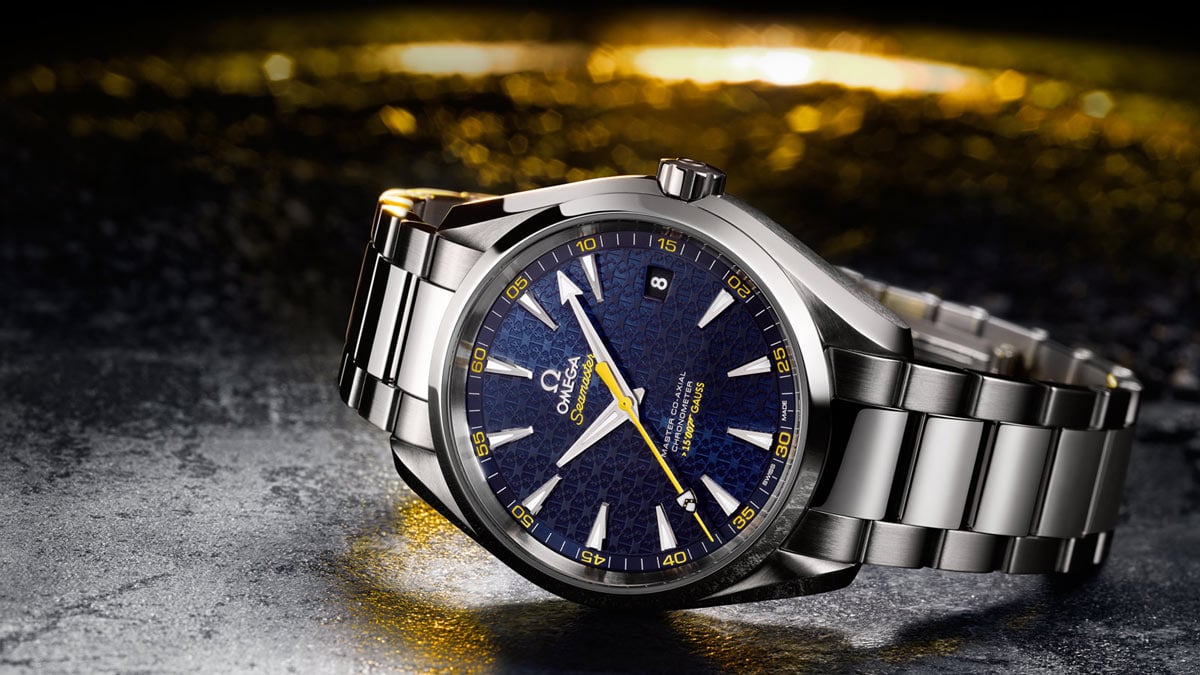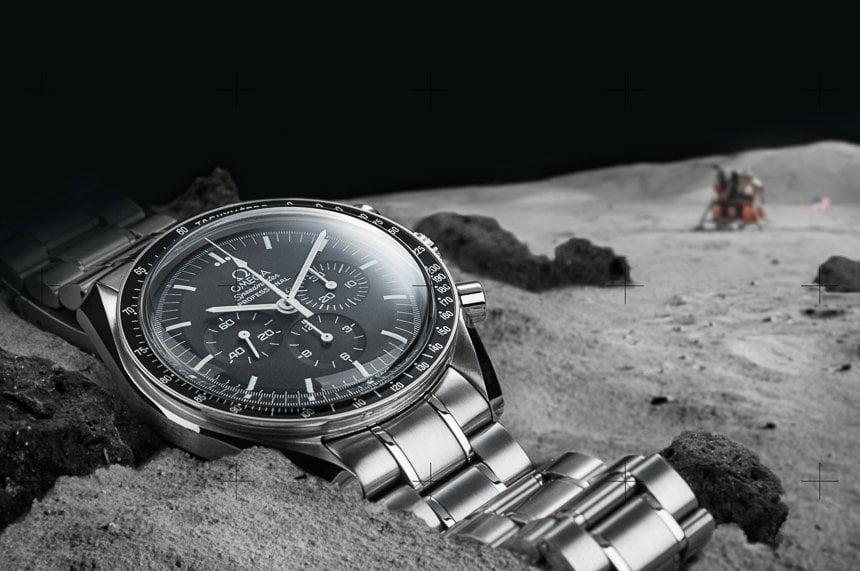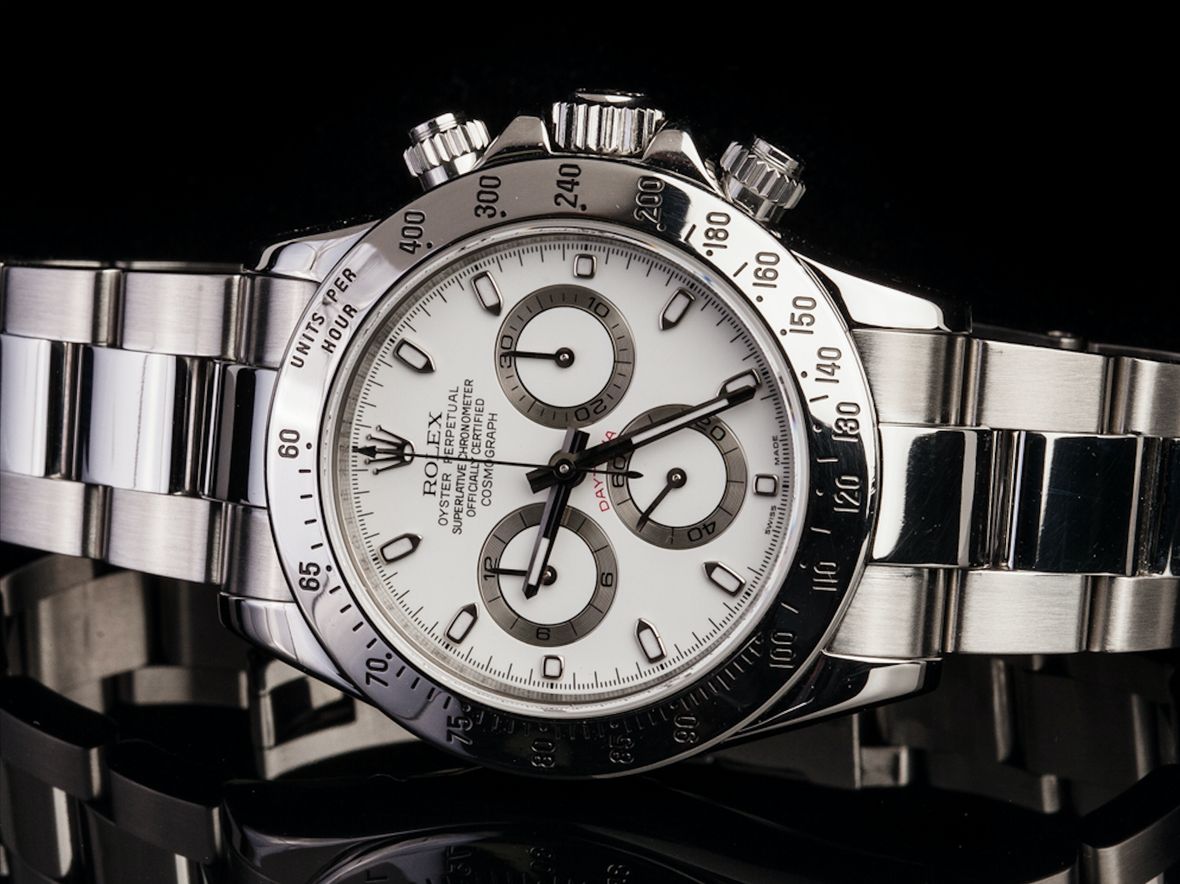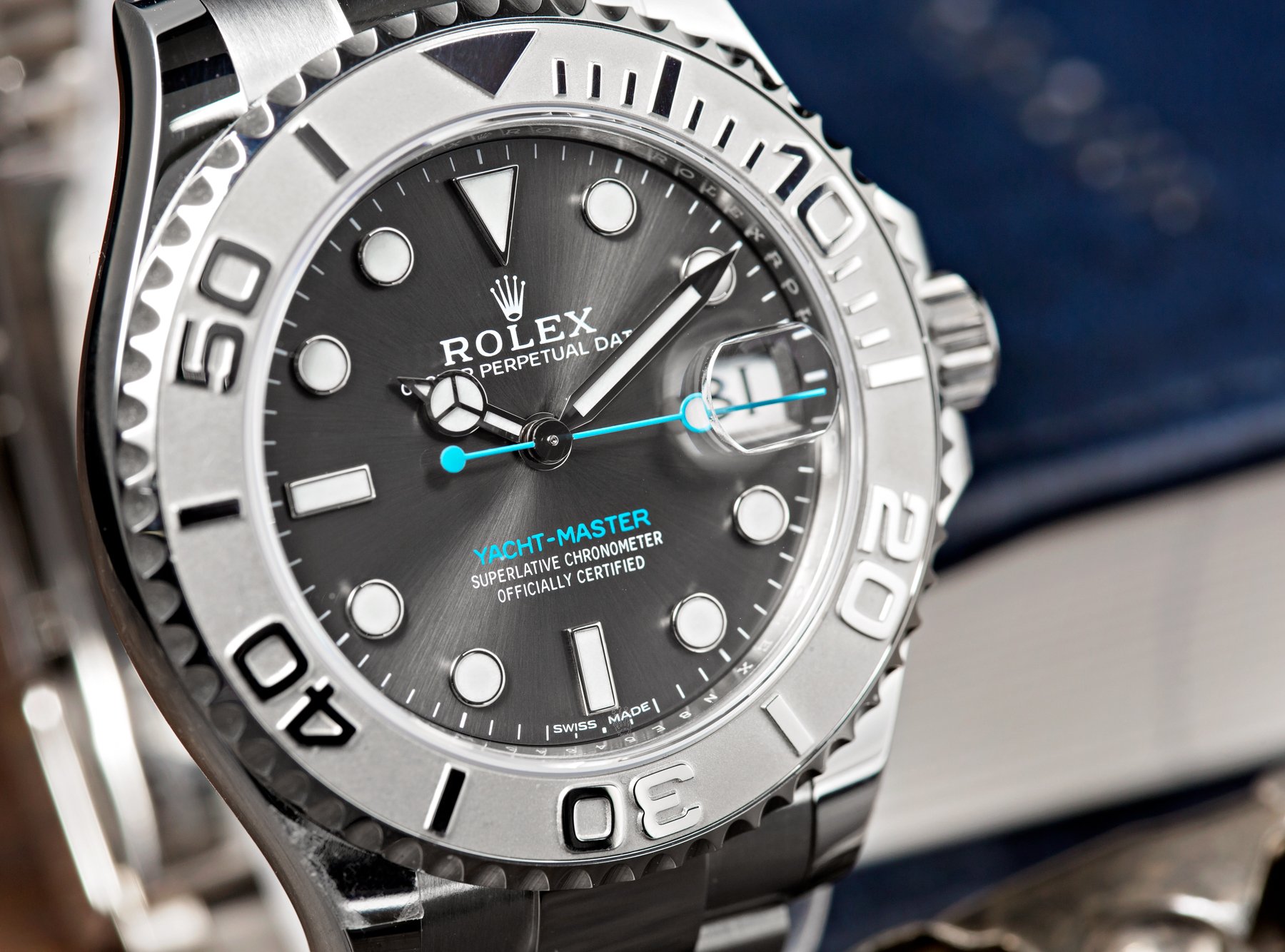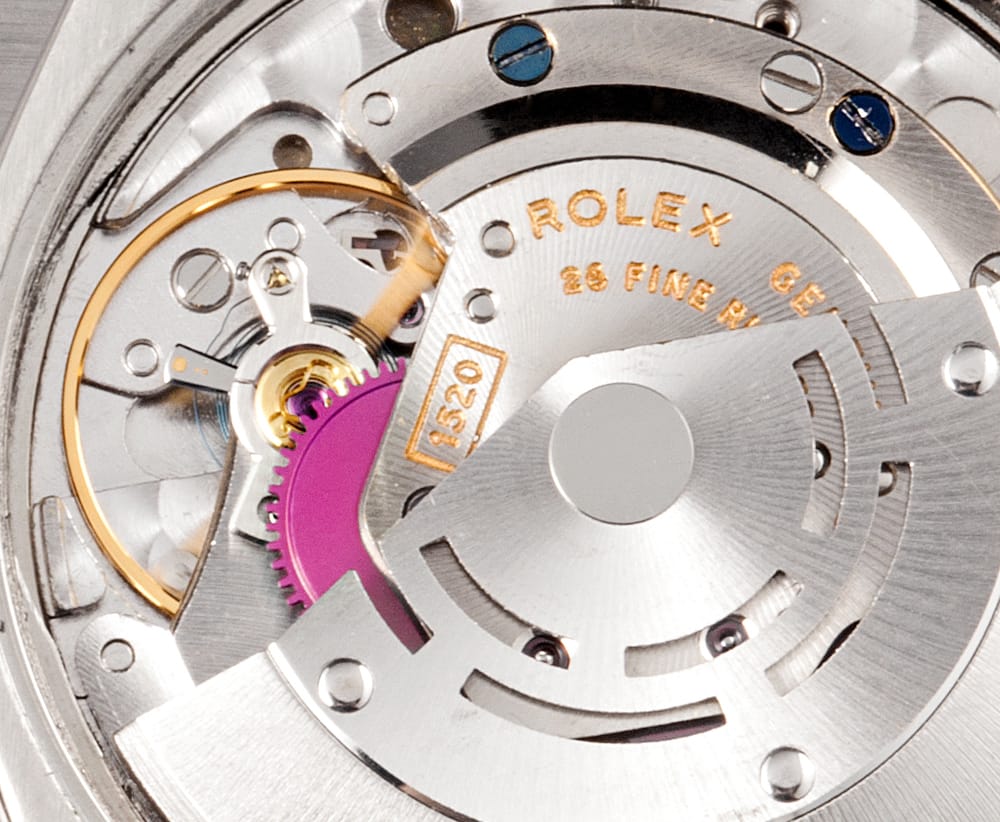There’s no doubt that the Rolex Datejust is one of the most well-known models in the brand’s lineup. Not only is the Datejust’s history well documented – it was launched in 1945 to commemorate Rolex’s 40th anniversary – but it’s also the bread and butter of the brand, outselling all other models. Conversely, the Rolex Date is often overshadowed by its more famous sibling and is regularly confused with the Datejust, which is easy to understand because they’re very similar in design. However, that does beg the question, what is the difference between the Date and the Rolex Datejust? Read on to find out.
Oyster Perpetual Date vs. Datejust: Manufacturing Periods & Reference Numbers
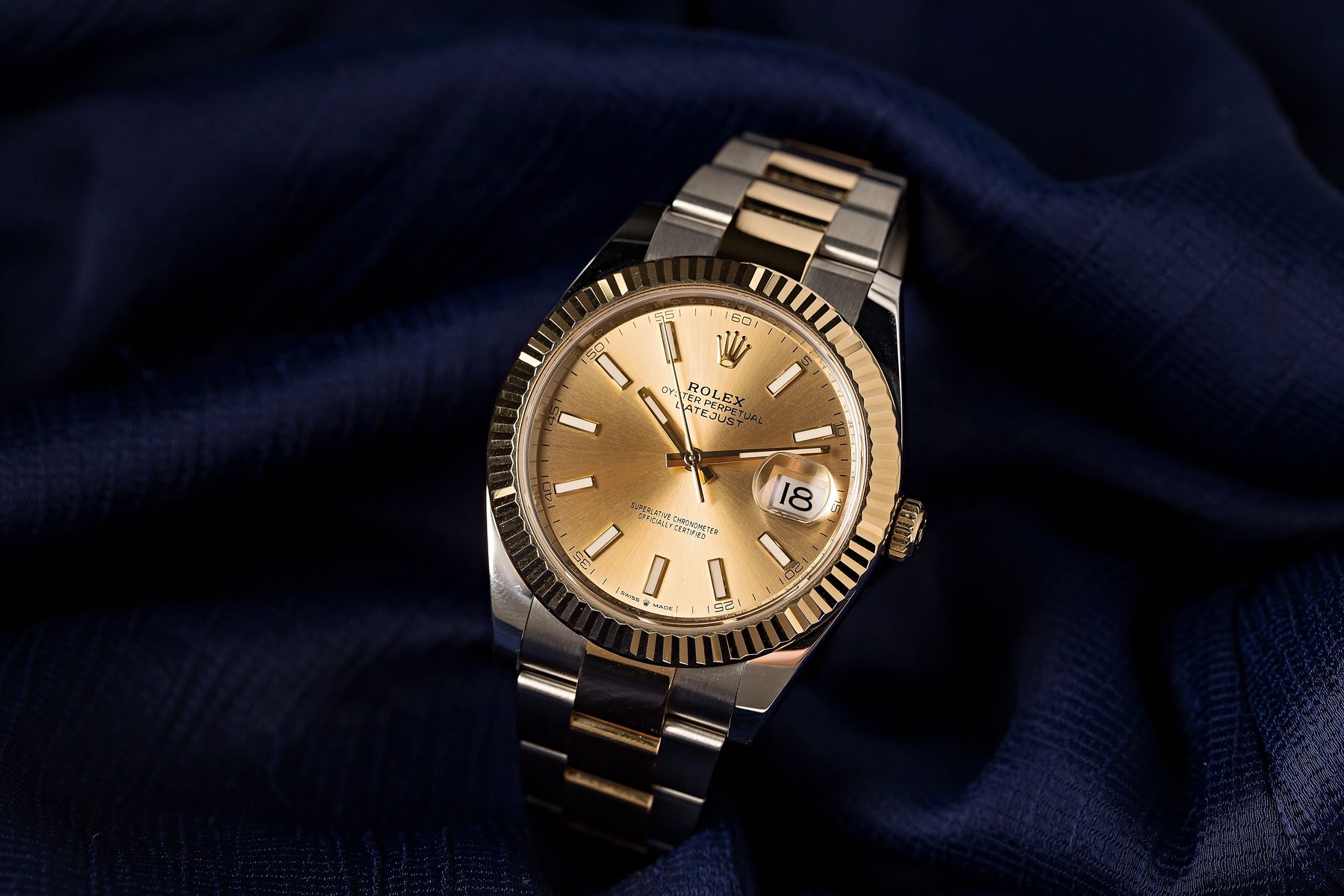
In terms of production, the Rolex Datejust came first, making its debut on Rolex’s 40th anniversary in 1945. The Datejust was the first self-winding wristwatch to include an automatically changing date mechanism on the dial (hence its name), marking a pivotal moment in Rolex Datejust history. Long gone were the days when the wearer had to advance the date with each new day because the Datejust already knew to switch over at midnight. This innovation set a new standard that influenced nearly every major Swiss watchmaker since.
The Datejust was also the first Rolex to be fitted with the now-famous five-piece link Jubilee bracelet, which was named after the 40th anniversary Jubilee during which the model debuted. For most of its history, the men’s Datejust was only available with a 36mm case size, except for a few mid-size options. However, that changed with the introduction of the Rolex Datejust II in 2009 and the subsequent Rolex Datejust 41 collection in 2016. For the first time in Rolex history, the Datejust was available in 41mm to keep up with emerging watch fashion. The Datejust, in all of its various case sizes, has since become one of the most recognizable and desirable luxury watches on the market, sought-after by both men and women. A Rolex Datejust review often highlights how these larger sizes catered to evolving trends, enhancing the model’s widespread appeal among both men and women.
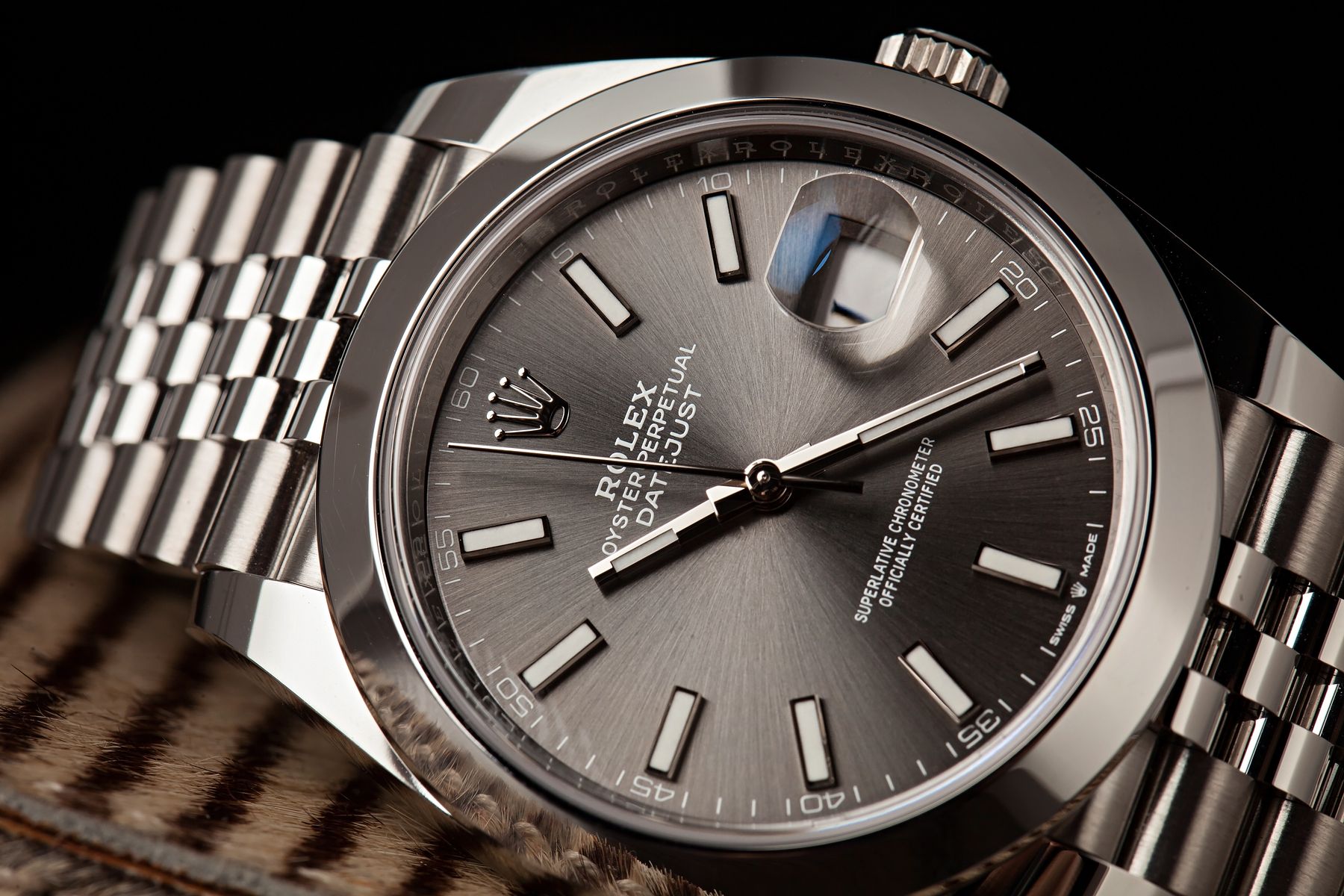
Datejust 36
- Datejust ref. 4467: Introduced 1945
- Datejust ref. 5030/5031: Circa 1948
- Datejust ref. 6xxx: Early 1950s – Early 1960s
- Datejust ref. 160x: Early 1960s – Late 1970s
- Datejust ref. 160xx: Late 1970s – Late 1980s
- Datejust ref. 162xx: Late 1980s – Mid 2000s
- Datejust ref. 1162xx: Mid-2000s – 2019
- Datejust ref. 1262xx: 2018 – Present
Datejust II & 41
- Datejust II ref. 1163xx: 2009 – 2016
- Datejust 41 ref. 1263xx: 2016 – Present
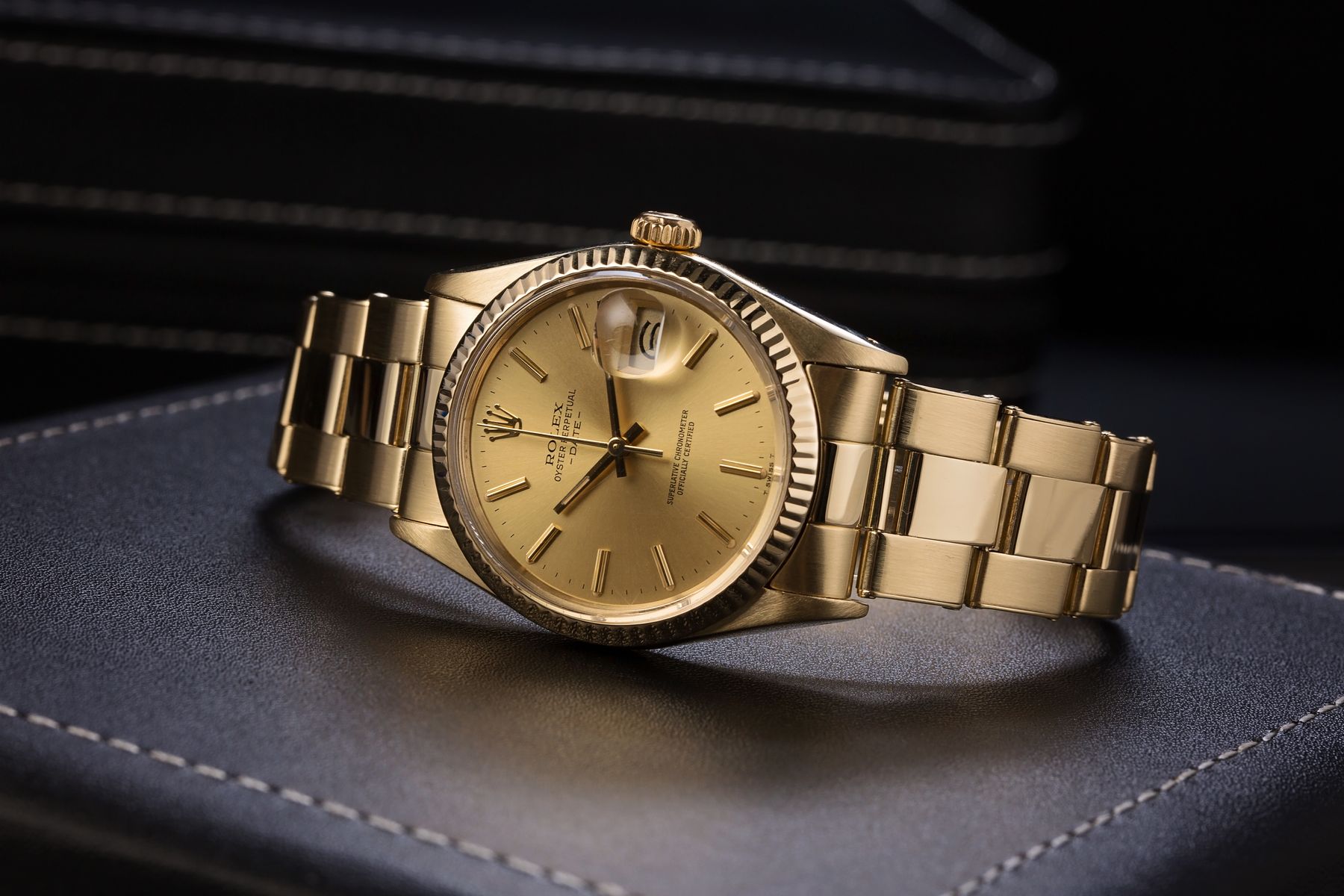
The 34mm Rolex Date watch was quietly introduced in the mid-1950s as a smaller alternative to the Datejust, and it continued to occupy that space for several decades. Like the Datejust, it features a waterproof Oyster case and a self-winding Perpetual movement with a jump date mechanism. As our Rolex Date history article highlights, this model shares many similarities with the Datejust, such as the waterproof Oyster case and the self-winding Perpetual movement with a jump date mechanism. The primary difference between the Datejust and the Date is the size of the case. The Datejust is traditionally 36mm in diameter, except for the 41mm, mid-size, and Lady Datejust models, while the Rolex Date is 34mm in diameter. Examining the case further, the Datejust typically has 20mm lugs, while the Date has 19mm lugs.
As quietly as Rolex introduced the Date to the market, it was removed from the brand’s catalog in 2021 and is no longer in production. Any Rolex Date review now highlights the significance of this model, as it remains a popular choice among collectors despite its discontinuation. The current Rolex Datejust lineup includes the Datejust 31, Datejust 36, Datejust 41, and the women’s range. If you’re interested in buying a Rolex Date, the secondary market is now your only option.
Rolex Date
- Date ref. 6534: 1955 – 1960
- Date ref. 1500: 1960 – 1976
- Date ref. 15000: 1977 – 1988
- Date ref. 15200: 1988 – 2006
- Date ref. 115200: 2006 – 2021
Functionality: Rolex Oyster Perpetual Date Vs. Datejust
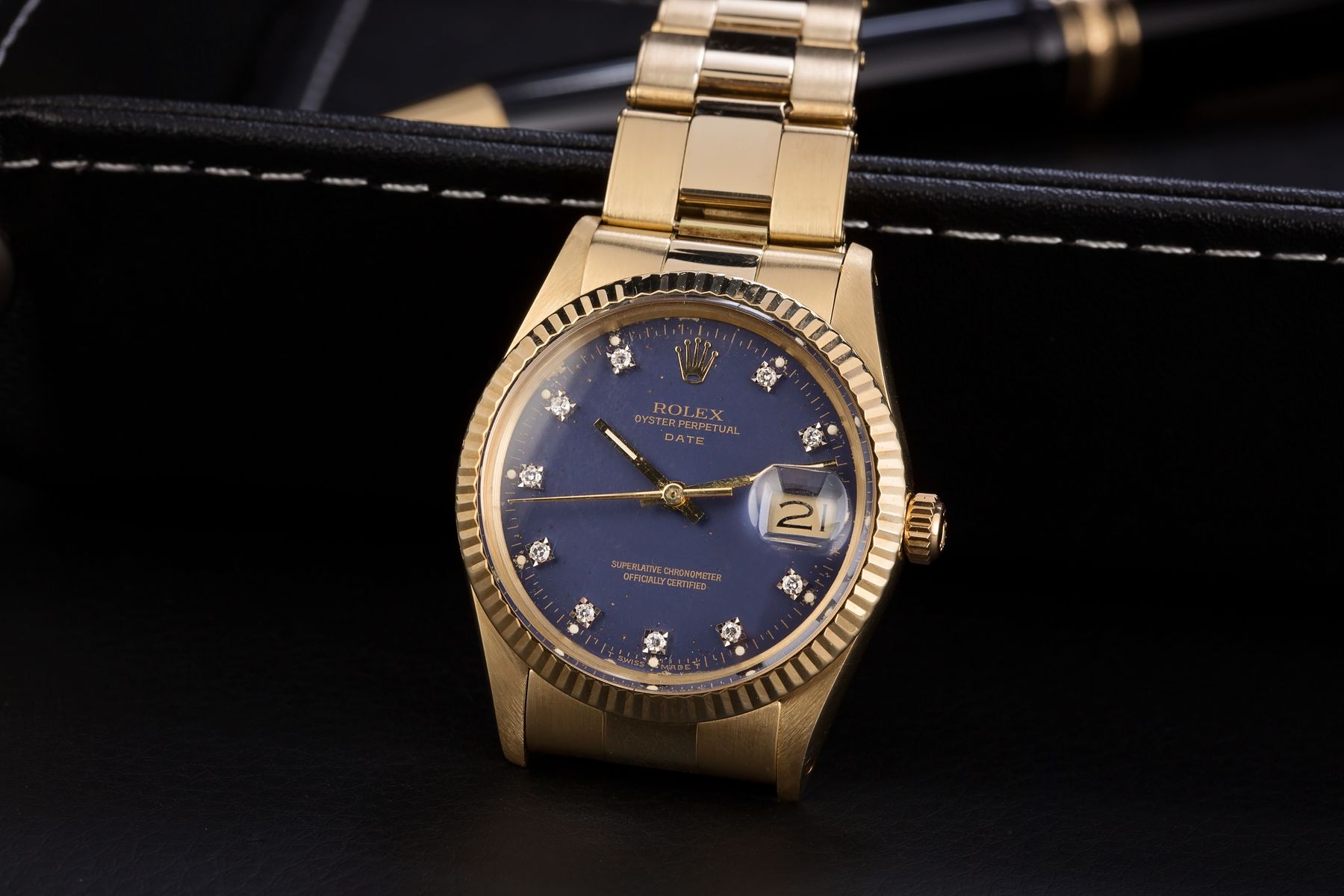
Both the Rolex Date and the Rolex Datejust watches offer the time and the date functions. The Datejust ref. 160xx family introduced the quickset feature to the model. Quickset means that the date is set independently from the center hands, thus eliminating the need to continuously turn the hour hand around the dial to change the number in the date window. Similarly, the Date ref. 150xx family introduced the quickset feature to that collection.
The Date & The Datejust: Close Siblings
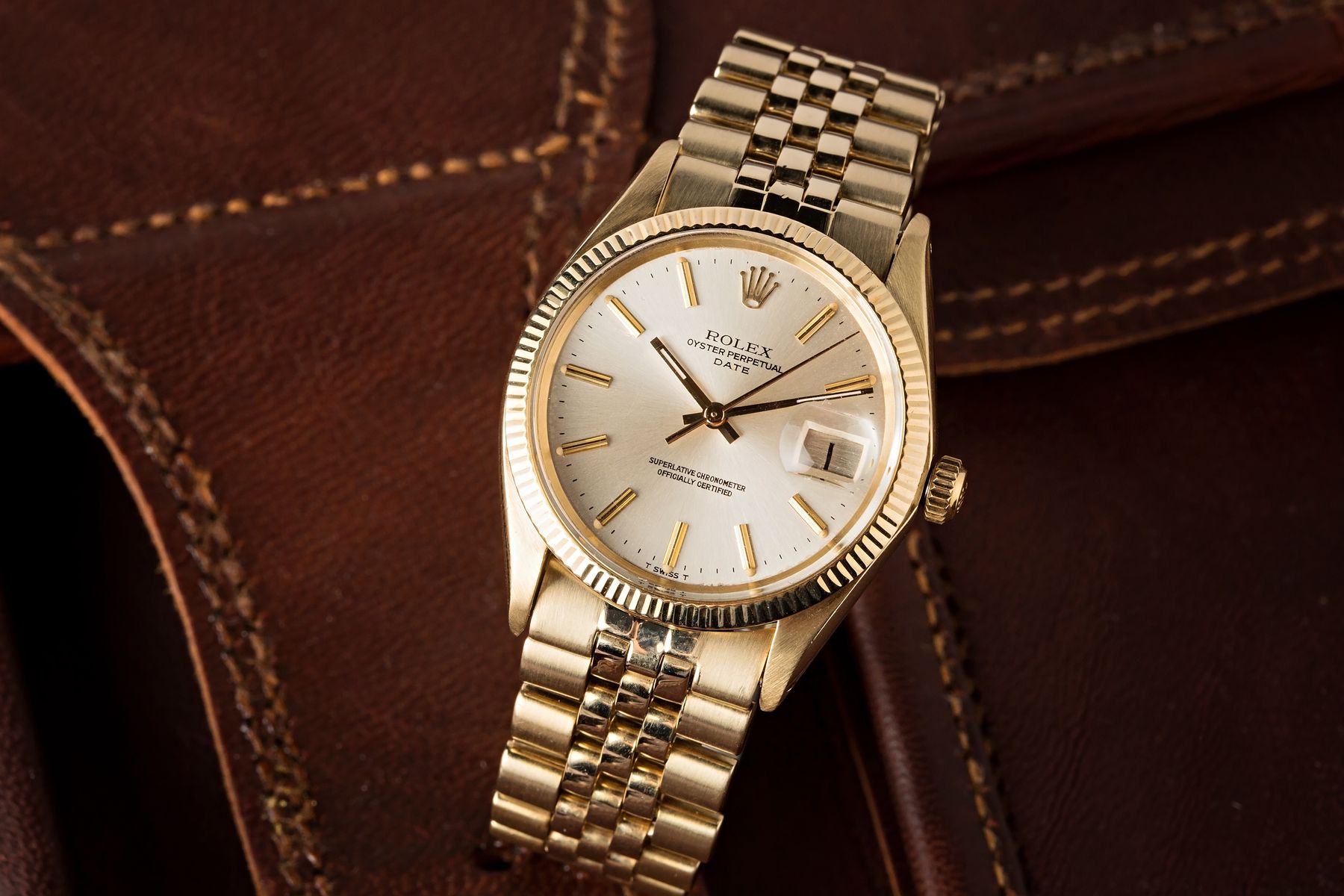
While they are closely related, the Date and the Datejust are different watches. Of course, another way to tell the difference aside from the case size is to read the dial to see if it’s marked with DATE or DATEJUST.
Additionally, the Rolex Date is available with fewer size and material options. It’s true that the Date was once available in two-tone and all gold. However, material and dial options were more limited near the end of its production. On the other hand, the Datejust is Rolex’s most varied collection with countless configurations possible due to an incredibly wide selection of sizes, materials, bracelets, and dials.
Rolex Date & Rolex Datejust Movements
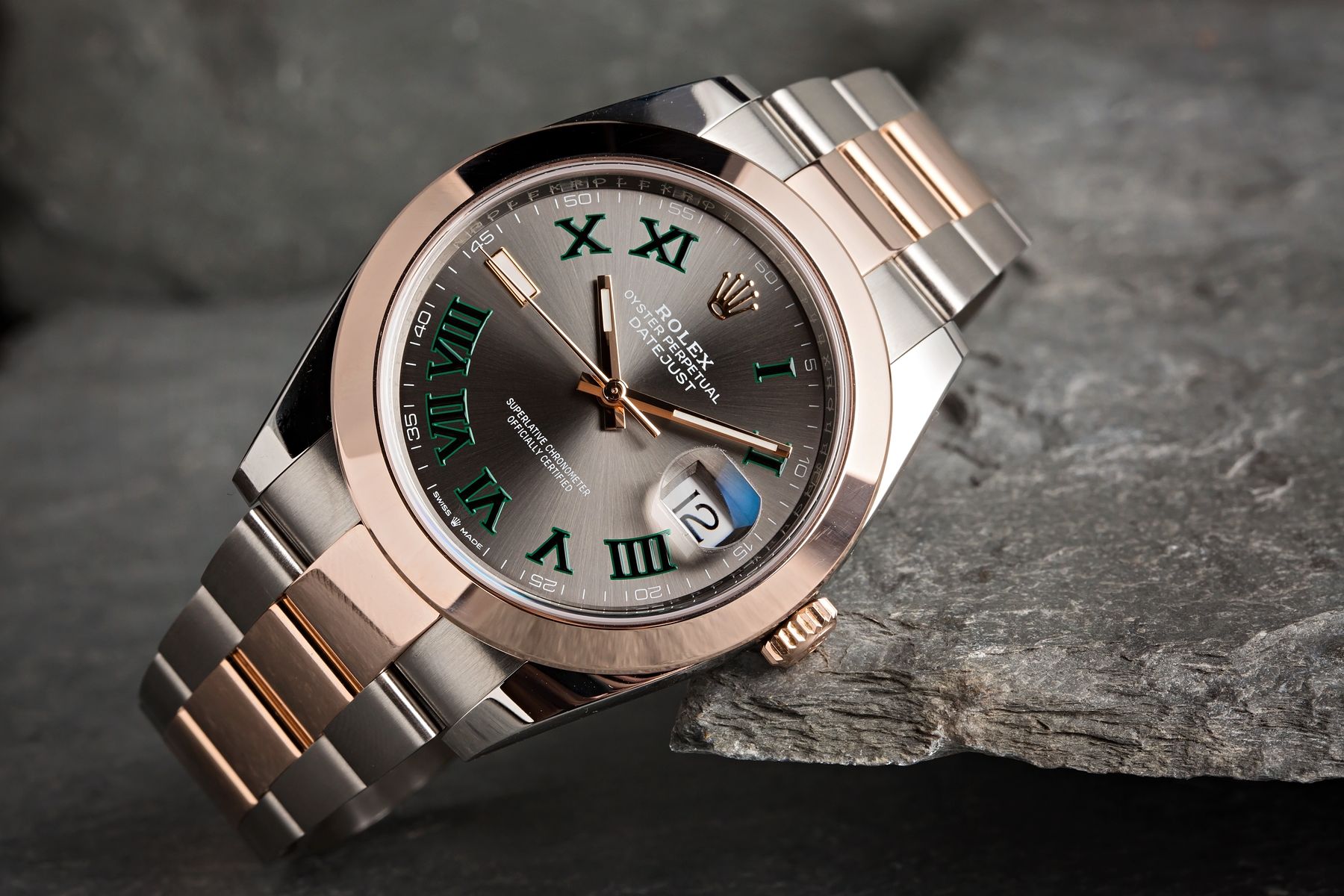
Since both watches have a date mechanism built into the movement, the Date and Datejust often use the same Rolex movements. One of Rolex’s most iconic movements ever, the Caliber 3135, hit the market in the late 1980s and remained the go-to movement for both models until just recently when Rolex introduced the Caliber 3235 at Baselworld 2015. Rolex started incorporating the brand new powerhouse movement into the Datejust range, while the Rolex Date kept the Rolex Caliber 3135 until it was discontinued in 2021. The movement isn’t an immediately noticeable difference, but it’s significant nonetheless, especially in overall performance.
For example, with the Caliber 3235 came the new Chronergy escapement with 15% more efficiency than the Caliber 3135. The newer caliber also replaced the KIF-style shock absorbers found in cal. 3135 with the new and improved Paraflex shock absorbers. With its redesign, the Caliber 3235 offers a power reserve of up to 70 hours, which represents a fairly substantial increase compared to the Caliber 3135’s 48-hour power reserve.
Conclusion
Regardless of which one you select for yourself, the Rolex Date and the classic Rolex Datejust are fantastic everyday luxury watches that are instantly recognizable as Rolex models. Design set options are seemingly countless, making it easy to find the perfect Date or Datejust to suit your lifestyle and budget. With their timeless design and undeniable craftsmanship, both models offer excellent versatility, seamlessly transitioning from casual to formal settings. Whether you prefer the classic appeal of the Datejust or the slightly smaller Date, either watch is sure to hold its value and remain a cherished part of your collection for years to come.
